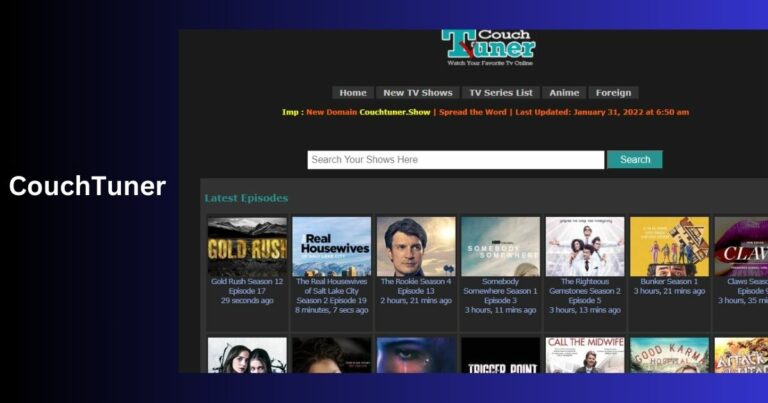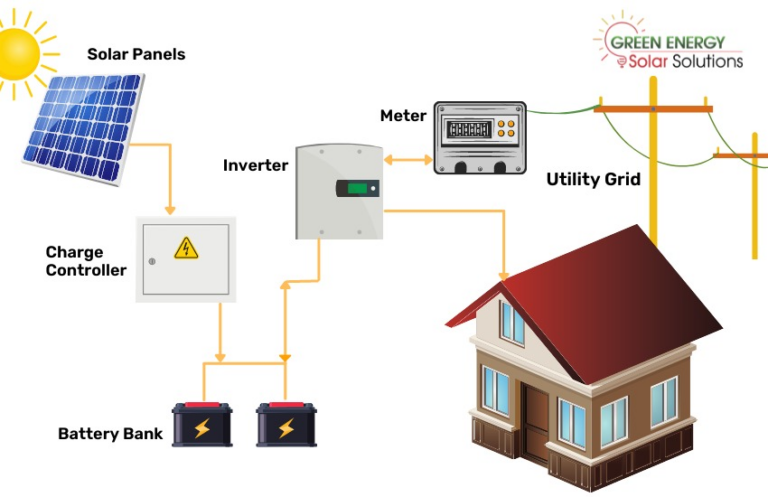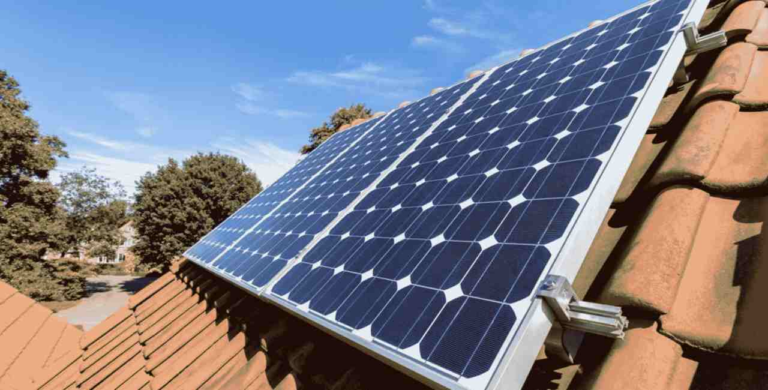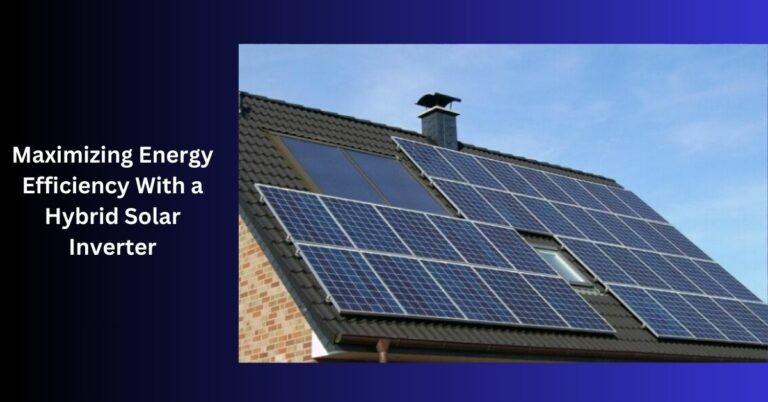Roof Leak Detection: 9 Best Practices for Commercial Buildings
If you own or manage a commercial building, a roof leak can be a big worry. It can lead to expensive repairs and disrupt your business operations.
That’s why it’s important to find leaks early to keep your building working well and lasting longer. Yet, with many possible causes and hidden spots for leaks, it can be hard to know where to start.
In this guide, we will share tips for roof leak detection in commercial buildings. Let’s get started on keeping your building safe and leak-free!
1. Regular Inspections
Regular inspections are important for finding roof leaks in commercial buildings. These checks help owners and managers spot potential problems before they get serious. By looking at the roof, they can find and fix damaged areas, preventing costly water damage and interruptions to business.
Inspections also allow for a look at the roof’s condition, helping to create a maintenance plan. This can extend the roof’s lifespan and keep it reliable for the building and its occupants. In short, regular inspections are key to keeping a commercial building leak-free and secure.
2. Proper Installation
A well-installed roof ensures that there are no gaps or weak spots where water can seep through and cause leaks. This includes ensuring that all roofing materials are installed and secured, as well as applying appropriate waterproofing measures such as the following:
sealants
and flashing
Besides, proper installation also involves inspecting the roof for any potential issues that may arise such as the following:
loose shingles
or damaged areas
By taking the time to install a commercial roof, building owners can save themselves from the hassle and expense of dealing with roof leaks in the future.
3. Utilizing Moisture Meters
These handheld devices are specifically designed to detect and measure the moisture content in building materials, including roofing materials. By using moisture meters, building owners and maintenance crews can quickly and accurately determine if there is excess moisture present in the building’s roof. This allows for early detection of potential leaks.
This can prevent costly water damage and structural issues. Additionally, moisture meters can also be used to monitor the effectiveness of a roof leak repair. It also ensures that the affected areas have been properly remediated.
4. Conducting Water Tests
This method involves spraying or pouring water onto different areas of the roof surface and observing for any signs of leakage inside the building. Water tests are effective because they can identify the precise location of the leak. This allows for targeted repairs rather than a costly and time-consuming full roof replacement.
Additionally, conducting water tests regularly can catch leaks early on. This can prevent further damage to the building and potential disruptions to business operations. This practice is a proactive and cost-effective way to detect and address roof leaks in commercial buildings.
5. Regular Cleaning of Gutters
Gutters play an important role in directing water away from the roof and preventing damage to the building. However, if they are filled with debris such as leaves, branches, and dirt, they can become clogged and even damaged, leading to potential leaks. Regular cleaning of gutters allows them to function properly. It also allows inspecting for any potential signs of damage.
By identifying and addressing any issues early on, building owners can save time and money in the long run. Therefore, implementing a regular gutter cleaning schedule is crucial for maintaining a leak-free roof in commercial buildings.
6. Addressing Any Issues With Flashing
Flashing, which is a thin layer of material installed around the edges and joints of the roof, helps prevent water from seeping into the building. However, if there are any damages or gaps in the flashing, it can lead to leaks and cause damage to the interior of the building. By regularly inspecting and addressing any issues with flashing, building owners can do the following:
prevent potential leaks
and costly repairs
This practice not only helps maintain the structural integrity of the building but also ensures the safety and comfort of its occupants.
7. Having a Well-Designed Roof Drainage System
By diverting excess water away from the roof surface, a proper drainage system ensures that water does not accumulate and cause damage to the roof. This also prevents the development of mold and mildew, which can pose serious health hazards. Furthermore, a well-designed roof drainage system allows for easy and efficient inspection of the roof and its components.
This makes it easier to identify potential issues and address them before they escalate into costly repairs. With proper maintenance and regular inspections, a well-designed roof drainage system is undoubtedly one of the best practices for detecting and addressing roof leaks in commercial buildings.
8. Implementing a Preventative Maintenance
One of the most effective ways to detect and prevent roof leaks in commercial buildings is by implementing a preventative maintenance plan. This practice involves regular inspections and maintenance of the roof, such as the following:
checking for any signs of damage
or wear and tear
By catching and addressing potential issues early on, costly repairs and damage to the building can be avoided. So for those who need professional help, you may check roof repair in Overland Park to look for proof repair services now before any major issues arise.
This proactive approach not only ensures the safety and longevity of the roof but also saves time and money in the long run. Trusting in preventative maintenance is a best practice for keeping commercial buildings leak-free.
9. Having a Trained and Experienced Roofing Team
A qualified team is equipped with the knowledge and skills to identify potential problem areas and implement preventative measures to avoid leaks. They are also trained in using specialized equipment and techniques for leak detection, such as infrared scans and moisture meters. A skilled roofing team can quickly assess and diagnose any issues, minimizing potential damage and saving time and money in the long run.
Their experience allows them to anticipate and address any issues before they become major problems. This is why having a trained and experienced roofing team is one of the best practices for roof leak detection in commercial buildings.
Learn the Best Practices for Roof Leak Detection in Commercial Buildings
Implementing these best practices for commercial roof leak detection is crucial for protecting your building and ensuring its longevity. By regularly inspecting and maintaining your roof, using innovative technology, and seeking professional assistance when needed, you can catch and address leaks early on.
Don’t wait, take action now for roof leak prevention. Schedule a professional roof inspection today!
Be sure to check out our other articles to find out more about a variety of topics.





